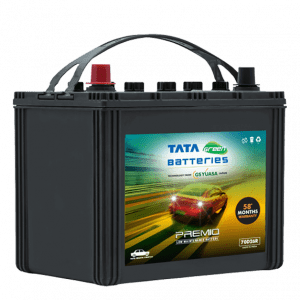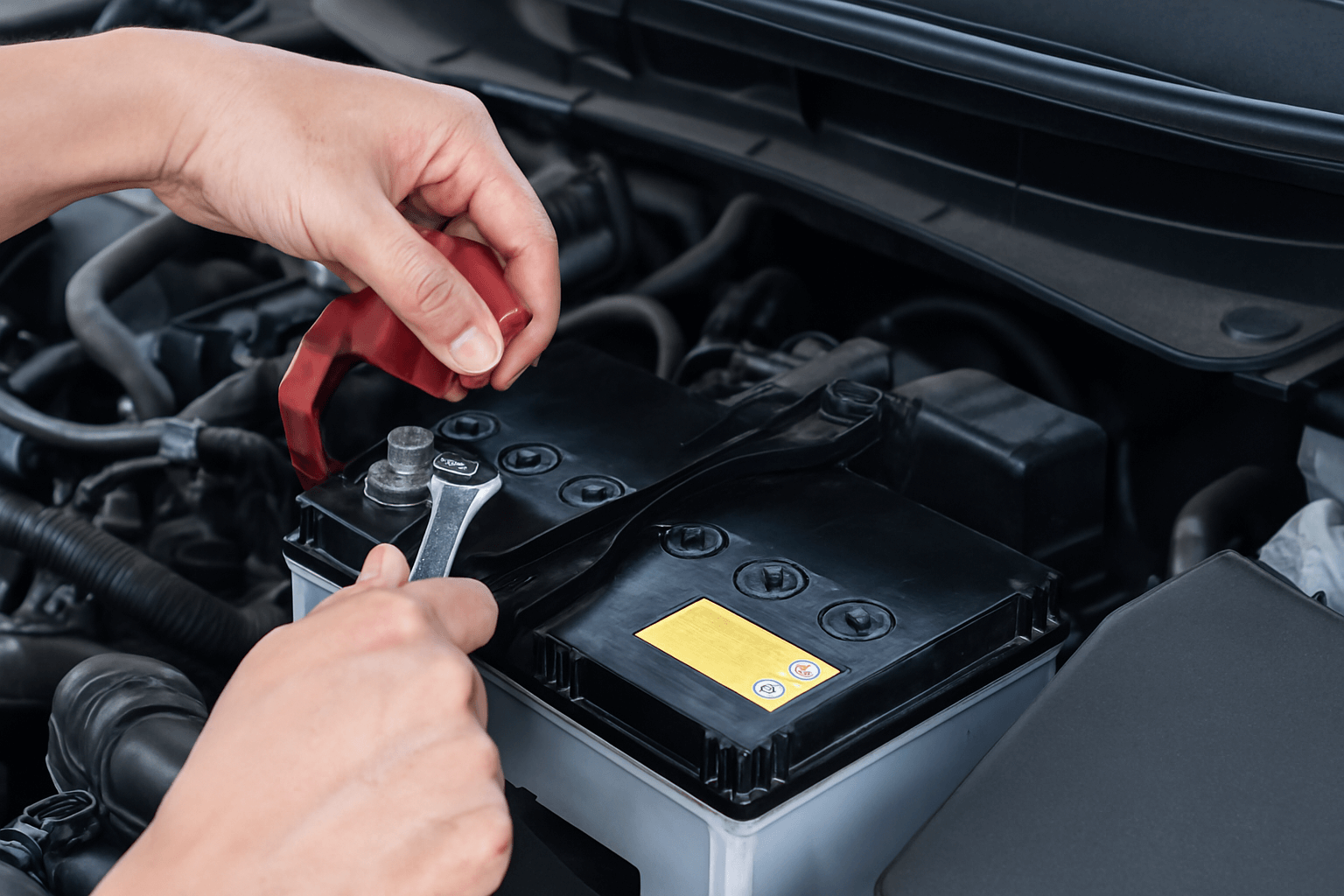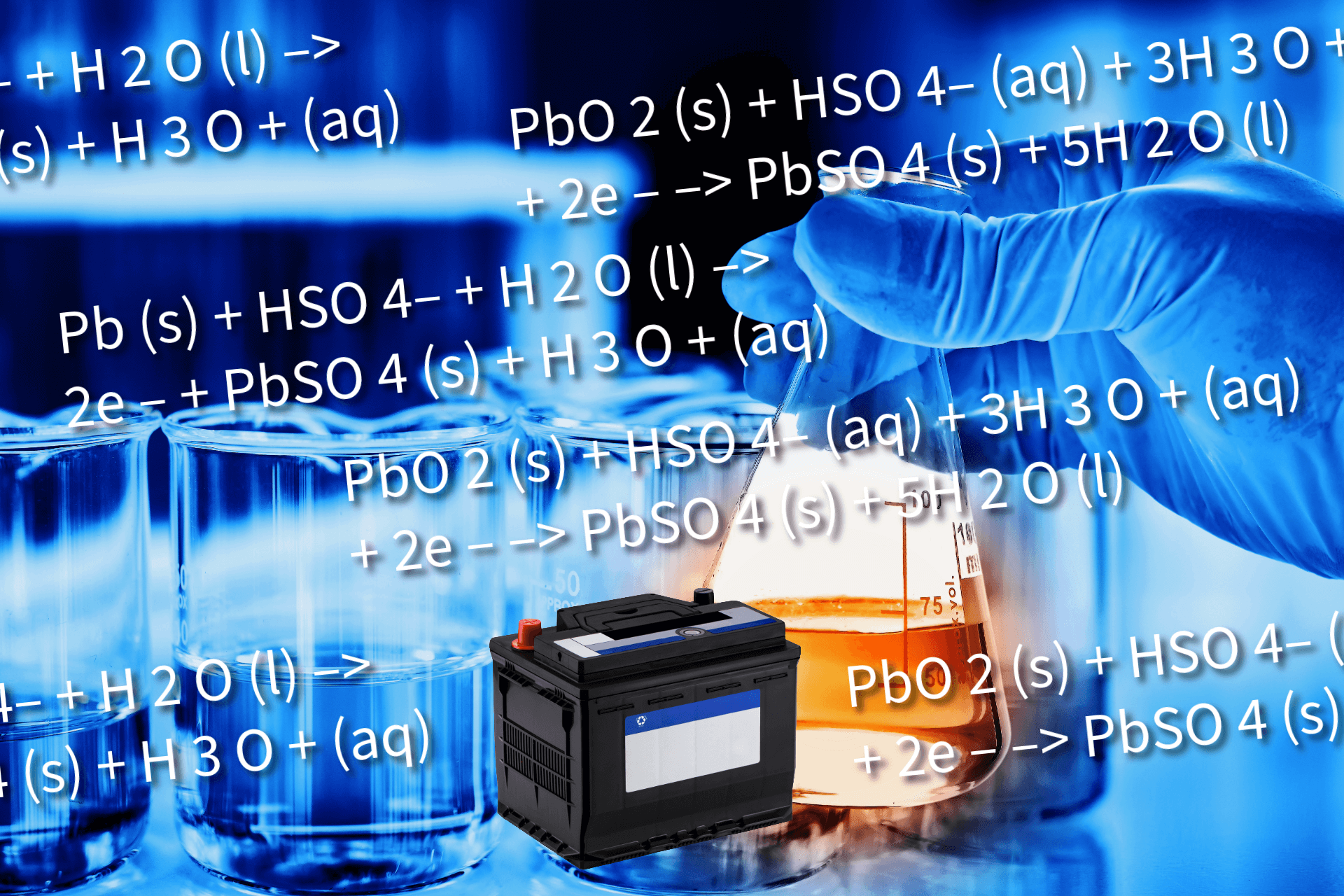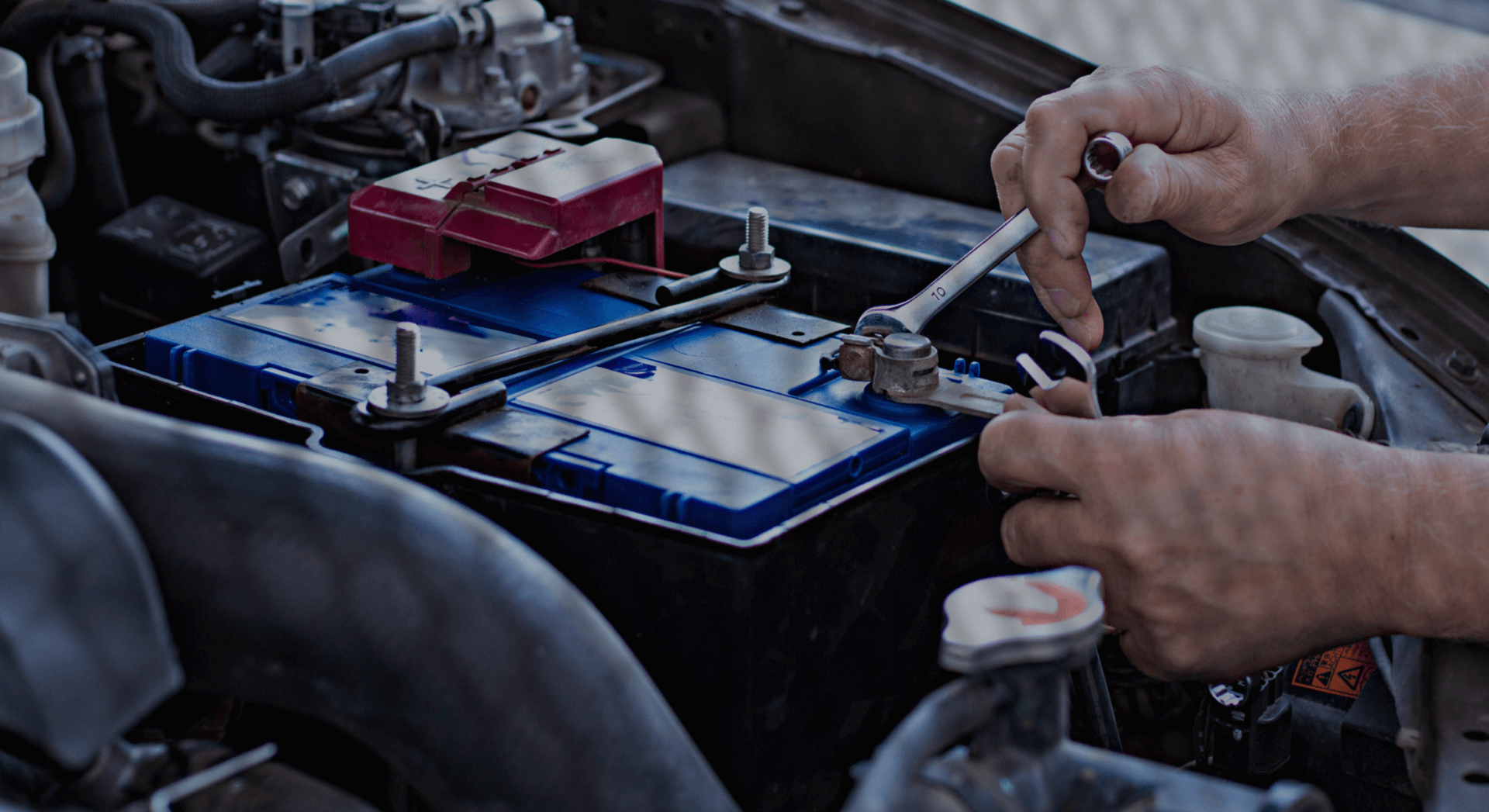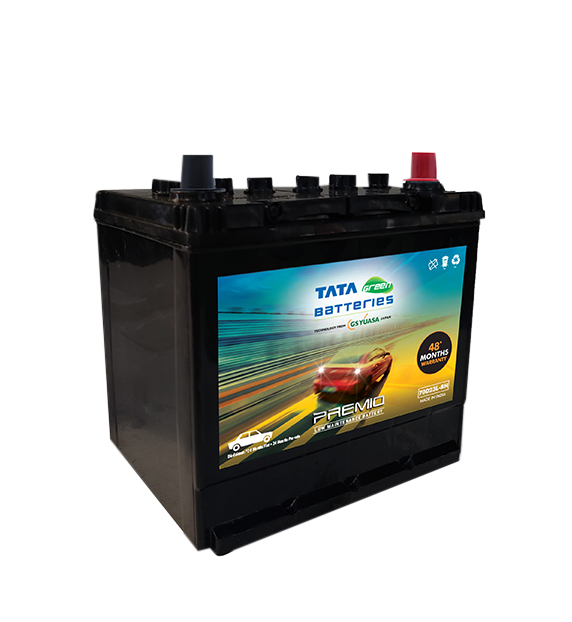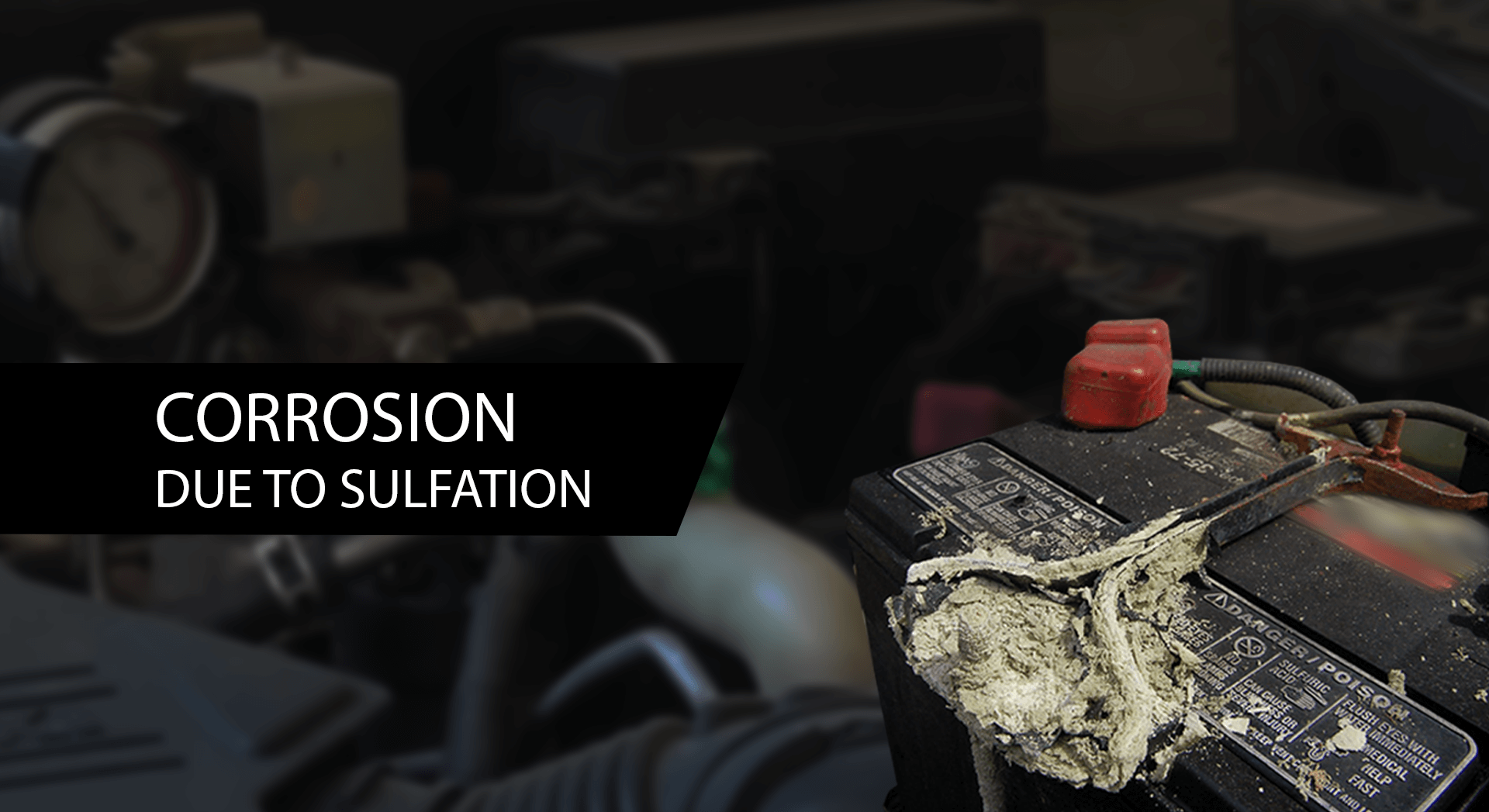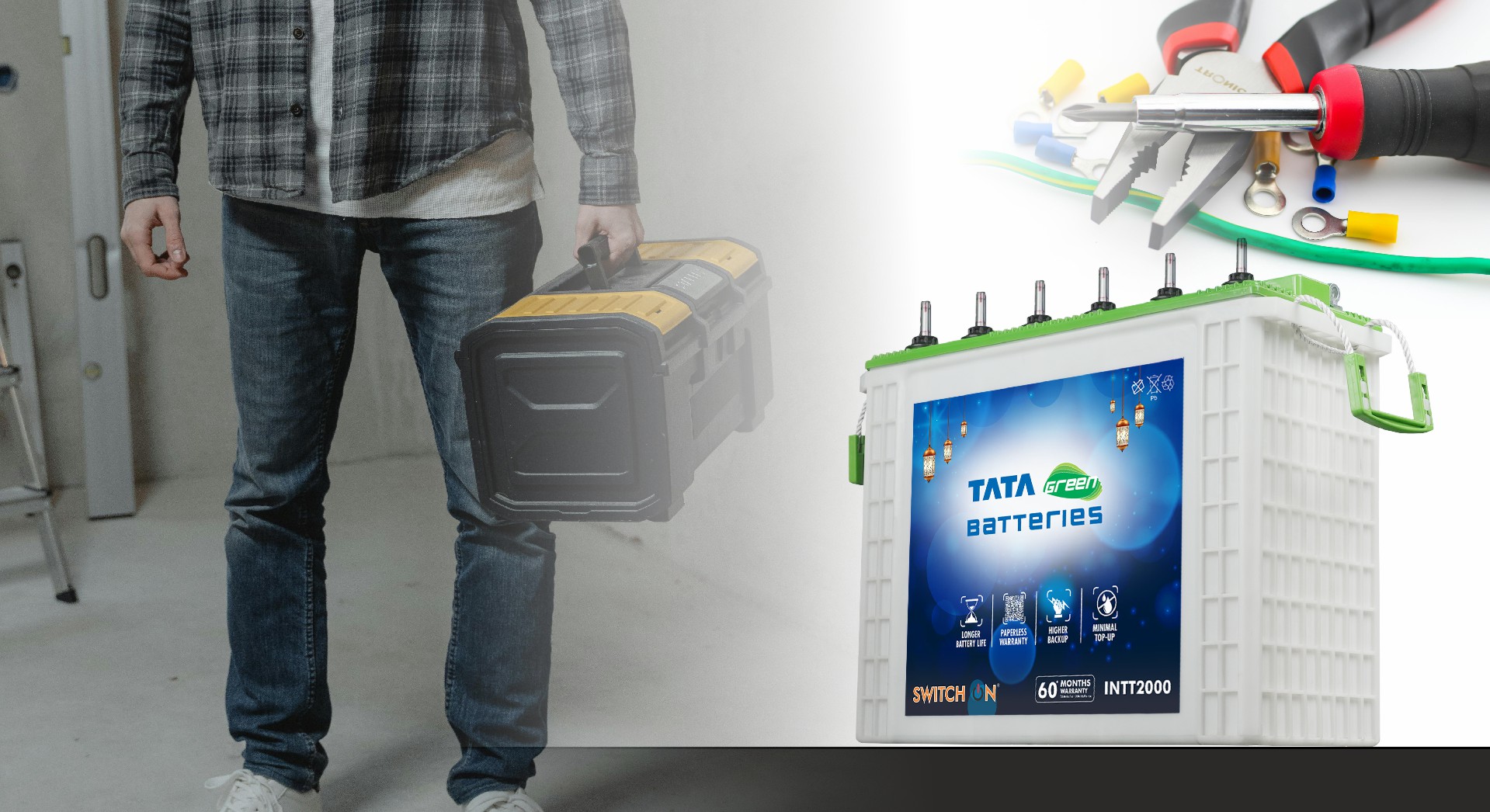We’ve all faced the mess of a leaking battery. White crusty residue, damaged devices and a lot of stress whether the battery is still safe to use. Battery leakage can ruin your gadgets, waste money and even pose safety risks if not handled properly. Thankfully, preventing battery leakage is quite simple if you follow a few basic practices.
Here are five easy-to-follow tips to help you keep your batteries safe and your devices working smoothly.
Choose Good Quality Batteries That Last
Not all batteries are made up of the same materials and one of the most common reasons for leakage is poor quality. Low-grade batteries are more likely to break down internally, especially when they are drained or left in a device for too long.
Always go for high-quality batteries such as Tata Green Batteries that offer superior performance and durability. Good batteries are less likely to leak because they are built to withstand pressure and temperature changes. They are also sealed better, which reduces the chances of corrosion or chemical leaks.
Keep Batteries Cool, Dry and Safe
Where you store your batteries plays a big role in how long they last and whether they leak. Batteries should be kept in a dry, cool place, away from direct sunlight, humidity or extreme temperatures.
Avoid storing batteries anywhere that can get hot or damp. Heat can cause internal chemicals to expand, leading to leaks or even bursts in some cases.
Try to store spare batteries in their original packaging or a dedicated battery case. This keeps the battery terminals protected and avoids accidental contact with metal objects like keys or coins that might cause a short circuit.
Don’t Mix and Match Battery Types
Mixing different types of batteries in one device is a big no-no. This means you shouldn’t combine old batteries with new ones. Also, do not use a combination of different brands or types, such as alkaline with lithium.
When you mix them, one battery might drain faster than the other. As a result, the weaker battery may get overused and overheat, increasing the risk of leakage. Even if both batteries are the same type, combining partially used batteries with fresh ones creates an imbalance that puts unnecessary pressure on them.
To be safe, always use batteries in pairs or sets that are the same type, from the same batch and have similar levels of charge.
Give Your Batteries a Quick Check
How often do you check your batteries say your car battery, probably not very often. But it’s a good habit to inspect your batteries every few weeks, especially in devices you use regularly.
Look out for signs of bulging, discolouration or white powdery build-up near the terminals. These are early signs of battery damage or leakage. If you spot any of these, remove the battery carefully, dispose of it safely and clean the contacts with a dry cloth.
Also, never try to use or recharge a damaged battery. If you notice anything unusual, it’s best to replace it right away.
What to do in case of a battery leak
Battery leaks can pose serious risks due to corrosive chemicals, fire hazards and toxic fumes. The appropriate response depends on the type of battery involved. Here’s a breakdown of different common battery types:
-
Car Battery Leakage (Lead-Acid Battery)
Car batteries typically contain sulfuric acid, which is highly corrosive and dangerous if mishandled. If you notice a leak:
Steps to Follow:
- Turn off the engine immediately and ensure the car is parked in a well-ventilated area, away from open flames or sparks.
- Wear protective gear rubber gloves, safety goggles and old or protective clothing are essential to prevent chemical burns or injuries.
- Neutralise the acid by carefully sprinkling baking soda (sodium bicarbonate) on the spill. The chemical reaction may bubble, indicating the acid is being neutralised.
- Clean the affected area using a mixture of water and baking soda after the bubbling subsides. Use disposable towels or rags and dispose of them properly.
- Inspect the battery for damage. If it is cracked, swollen or visibly corroded, do not attempt to use it; replace it with a new one.
- Dispose of the battery properly at an authorised recycling or hazardous waste disposal centre. Never throw a damaged battery in regular trash.
Do not touch your face, especially your eyes, while handling a leaking battery.
-
Industrial Battery Leakage (Large-Scale or High-Power Systems)
Industrial batteries (e.g., used in forklifts, UPS systems or heavy equipment) often contain large quantities of hazardous materials. Leaks in these batteries can be especially dangerous.
Steps to Follow:
- Evacuate the area immediately to protect personnel from exposure to fumes or contact with corrosive substances.
- Do not attempt cleanup unless you are trained in hazardous material handling and equipped with the proper personal protective equipment (PPE).
- Ventilate the area to reduce the buildup of any potentially harmful gases.
- Isolate the source, if possible, from a safe distance (e.g., cutting off the power supply).
- Contact hazardous materials experts or your facility’s emergency response team. If none are available, call local emergency services for guidance.
- Follow your company’s safety protocol and report the incident for proper documentation and investigation.
Always store and maintain industrial batteries according to manufacturer guidelines to prevent leaks.
-
Inverter Battery Leakage (Typically Lead-Acid or Tubular Batteries)
Inverter batteries are common in homes and small businesses and may leak due to overcharging, poor maintenance or ageing.
Steps to Follow:
- Turn off the inverter and unplug it from the power source.
- Use gloves and eye protection before approaching the battery. Leaking electrolyte is corrosive and can cause serious injury.
- Neutralise the spill by gently applying baking soda on the leaked acid. Avoid using excessive water, as it can spread the acid.
- Clean the surface after neutralisation using a damp cloth or sponge. Dispose of the cleaning materials safely in a sealed plastic bag.
- Check the battery condition, if it appears damaged, corroded or no longer holds a charge, replace it with a new one.
- Ensure proper ventilation in the room to dissipate any gas buildup.
Regularly inspect and maintain inverter batteries to prevent future leaks. Use distilled water (if required) and ensure terminals are clean and corrosion-free.
Final Thoughts
Battery leakage can be avoided with simple steps mentioned above. For vehicle or backup power needs, trust reliable options like Tata Green Batteries. And if you ever face a battery issue, talk to your nearest Tata Green Battery dealer for expert help. A little care goes a long way!






